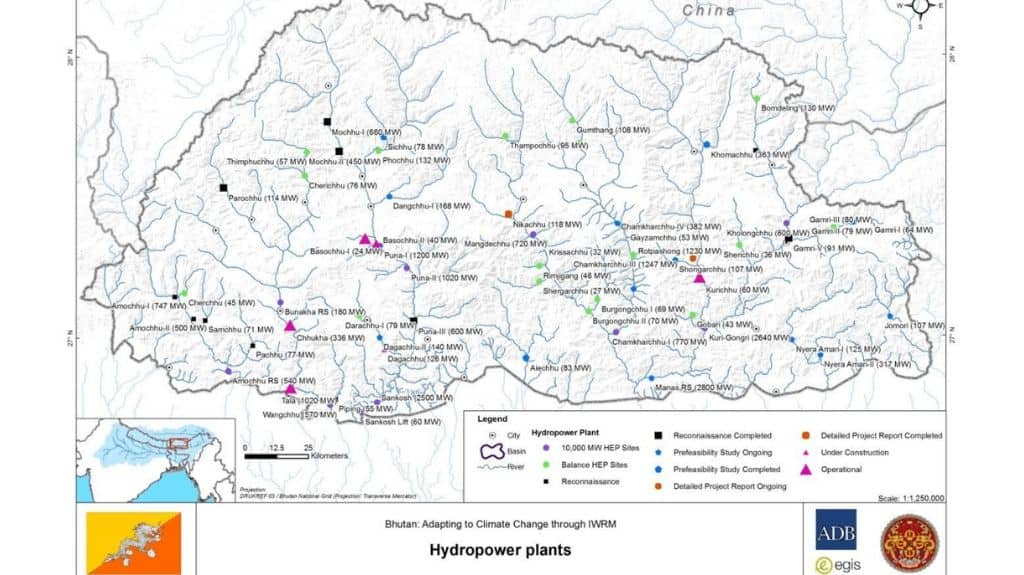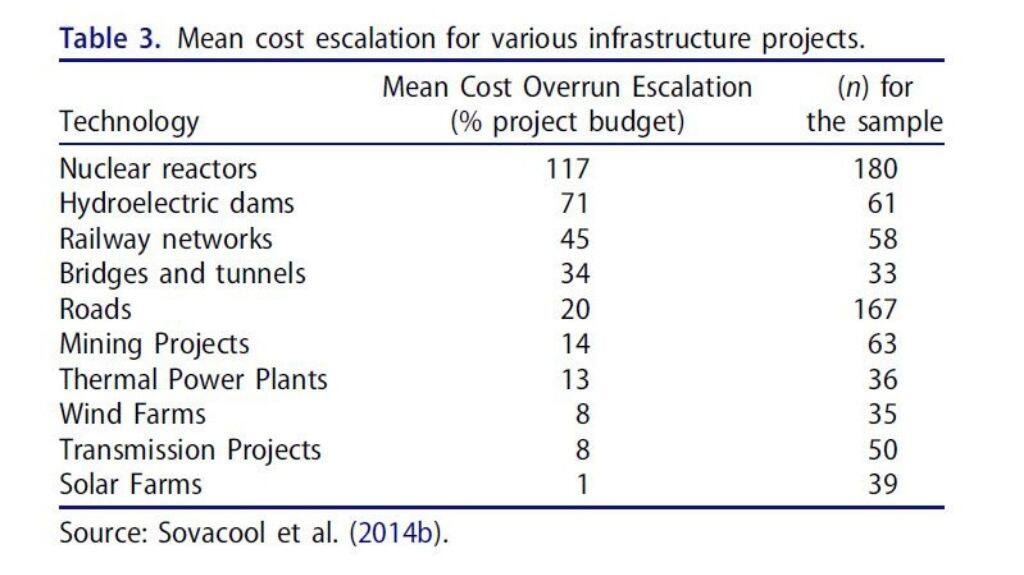As Bhutan’s new prime minister prioritises the Sankosh dam, it highlights many questions about Bhutan’s pursuit of hydropower By Omair Ahmad In his first major interview to the Indian media, Prime Minister of Bhutan Lotay Tshering stated that his priority for India-Bhutan relations was to build Bhutan’s first reservoir-based dam, the Sankosh project. Bhutan has long been an outlier in the region given its pursuit of development underpinned by the production and export of electricity entirely through run-of-the-river hydroelectricity, which account for the largest share of its economy. While these projects have an impact on the ecosystem, with large amounts of water displaced from riverbeds through concrete tunnels in particular, they are less intrusive than reservoir-based projects that drown land. With more than 70 percent of its land area under forest cover – its Constitution mandates at least 67 percent of the area remain so – and a small population of about 800,000, Bhutan has not faced serious problems of displacing either human or wildlife populations for its hydropower projects. Nevertheless the two Punatsangchhu hydropower plants currently under construction have impacted the habitat of the white-bellied heron, and the Amochhu project will displace the oldest indigenous people of the country. Most importantly for Bhutan, though, is the threat posed by climate change. Speaking to thethirdpole.net in a March 2018 interview, the managing director of Bhutan’s Druk Green Power Corporation, Chhewang Rinzin had said, “It is a grave concern that global warming and climate change could impact hydrological flows in the rivers and this could subsequently impact the electricity generation and therefore the economic viability of investments made in hydropower projects… A forecast of more intense monsoons and higher discharge makes a strong case for dams with reservoirs in the long term.” This may have been one of the reasons for Bhutan to prioritise the Sankosh hydropower dam, the biggest on the anvil, with a potential of generating 2,500 megawatts – more than twice that of any of Bhutan’s already operating hydropower projects. The Kuri-Gongri and Manas projects, also reservoir-based, would be even bigger, and all three would lie near the southern border of Bhutan with India. The goodwill generated by the management of previous dams in Bhutan among the Bhutanese public has led to an anticipation of more development, without any fear of negative consequences. As reported by the Bhutan Broadcasting Service, the locals in the region are eager for the development they anticipate from the dam. [lq][caption id=“attachment_6882961” align=“alignnone” width=“1024”]  With so much of its fortune tied to hydropower, Bhutan has been nervous about the impacts of climate change.[/caption][/lq] The mystery canal What has so far gone unmentioned in both Bhutan and India is the issue of a proposed canal as part of the project, which would run through the Indian state of West Bengal into the Teesta river. According to reporting on an initial assessment report by the Wildlife Protection Society of India (WPSI), the proposed 60 metre wide, 141 kilometre long canal would cut right through the Buxa tiger reserve, creating an unbridgeable gap for elephants, tigers and other wildlife in the region. This report, though, was based on the project originally expected to be a 4,060 megawatt project. Its dimensions have now been changed, but there is no information in the public domain on whether the canal will remain necessary, or its dimensions. Only the core information on the project is available. Nevertheless any such large scale intervention in West Bengal is likely to raise issues between the state and federal levels of government, adding a sub-national complication to any project. Nor is it clear whether a study of the cumulative impact of all the projects on the rivers will be undertaken. Both the Punatsangchhu I and Punatsangchhu II hydropower plants are being built upstream of the Sankosh plant, creating nearly 5,000 megawatts from the same river system. With increasing data coming in of large scale reservoirs triggering earthquakes, it is worth asking whether enough research has been done to justify such a dam in the earthquake-prone Himalayas. The example of the Punatsangchhu I and Punatsangchhu II hydropower projects should be a cause for concern. Initially supposed to be completed by 2016 and 2018, they have now been delayed by landslides and “geological surprises” until 2022. These cost and time overruns are not unusual for hydropower projects. In a recent global study on hydropower projects compared to others, the mean cost overrun for hydropower projects was estimated at 71 percent. Given that such projects are based on a 70:30 loan to grant ratio, any cost overrun would add a crippling amount to Bhutan’s external debt. [rq][caption id=“attachment_6882971” align=“alignnone” width=“1024”]  70 percent of Bhutan’s external debt is already due to hydropower projects.[/caption][/rq] The Sankosh project will be the most expensive hydropower project ever undertaken in Bhutan at BTN 115 billion (USD 1.65 billion), costing about 2/3 of Bhutan’s current annual GDP of USD 2.8 billion. It is worth recalling that the Punatsangchhu I dam was initially pegged to cost BTN 40 billion (USD 570 million), but will now – after cost and time overruns due to geological challenges – cost nearly BTN 100 billion (USD 1.44 billion). The chance of glacial lake outburst floods (GLOFs) only adds to the risks, with Bhutan currently facing a risk from a GLOF near Thorthomi Lake. While Bhutan is doing well in dealing with GLOFs, it is unclear whether reservoir-based hydropower will add to, or reduce this risk. None of these questions have been asked, far alone addressed. While commentators have long warned about Bhutan putting all its resources behind hydropower, this large new venture raises many concerns, for Bhutan, for India, and for all the people living along their transboundary rivers. The Third Pole is a multilingual platform dedicated to promoting information and discussion about the Himalayan watershed and the rivers that originate there. This report was originally published on thethirdpole.net and has been reproduced here with permission.
While India and Bhutan embark on a new hydropower venture with the Sankosh dam, many issues remain unaddressed, related to the two countries, tribals, wildlife and monetary risk.
Advertisement
End of Article


)
)
)
)
)
)
)
)
)



